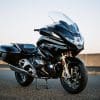The motorcycle industry needs to advertise more, spruce up its dealerships and reach out to non-riders, says an Australian riding veteran.
His comments follow our recent article in which a Wall St researcher suggested sharing and leasing motorcycles to address the worldwide decline in sales.
We have respected the writer’s wish to remain anonymous because he fears it may affect his job prospects.
Do you agree with his assessment of the Australian motorcycle industry? Leave your comments at the end of his article.
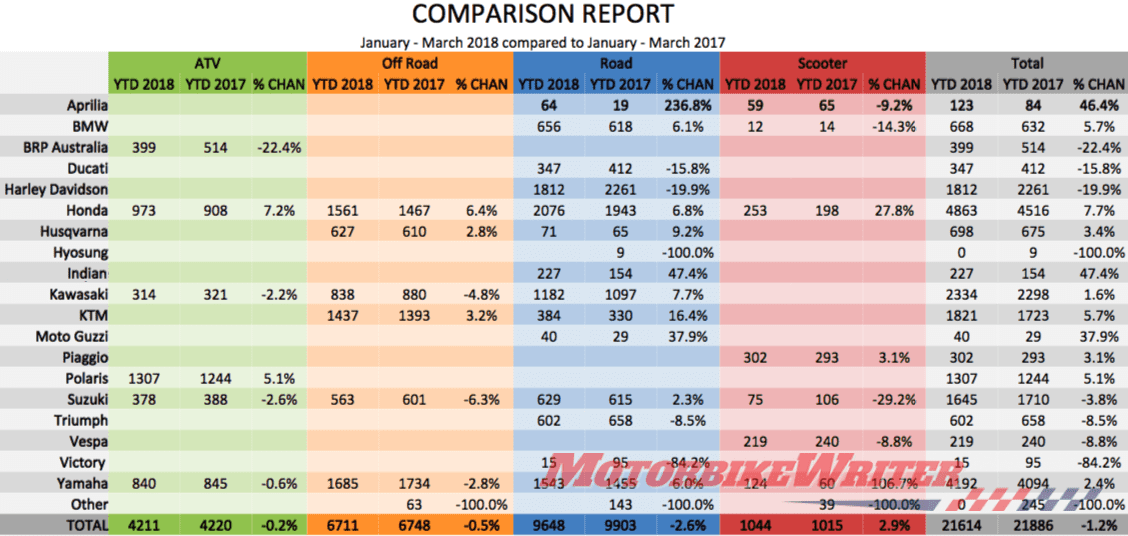
Motorcycle sales across the globe are in decline, with slight rises here and there in small sectors like dirt bikes or luxury bikes. The underlying problem, as lamented by many manufacturers, is the lack of newer customers as their existing customers either grow too old for bikes or die, or sell them as life situations dictate.
But for the most part in Australia, I don’t see the manufacturers helping themselves. The adage of “motorcycles are a luxury purchase” in the West is often trotted out as a reason for motorcycles being subjected to the whims of fashion or varying levels of debt crises. But I mainly put this down to a lack of advertising.
Advertising
Millennials will buy motorcycles, you just have to start getting your product seen in other forms of media. I remember a TV advert from a while ago, for Suzuki. They started with a Hayabusa gracefully arcing along a country road only for it to gently morph into … a small sedan!
Seriously. A sedan? In one 30 second TV ad they destroyed what was the absolute pinnacle of hyperbikes, the apex predator of the early Noughties, the bike that put them back on the map and reduced it to playing second fiddle to a small sedan. It was at that point I realised the industry, as a whole, just doesn’t care.
I get it, you manufacture vehicles in bulk. But crossing those two vehicles did nothing to benefit either and damaged the Hayabusa. What ad agency came up with that? What’s their next big beige idea? A Kawasaki H2 that morphs into a Camry and wheezes along a congested road?
Nice.
Fire these people immediately.
I haven’t seen any learner motorcycle targeted visual ads on TV or mass media either. Sure learners are buying them, but those are very dedicated people who actively research those bikes on the internet. I doubt many of those spontaneously saw a motorcycle on an advert and thought, “Why not? I’ll give that a go!”.
Let’s look at the most basic form of advertising.
Print advertising
I know it can be expensive to take out a full page ad or even get a banner at the bottom of the page, but open any paper and you will see a lot of cars from prominent manufacturers. Well-shot photos, eliciting a desire for these shiny automobiles and the lifestyle status they represent, right down to appealing to the “money-saving” advantages of their brand.
Now, how many motorcycle adverts in papers have you seen? Genuine dedicated adverts for the latest models? I’d wager none. Breitling, a luxury watch maker often features adverts for $35k watches in papers, so don’t try to tell me asking $20k for a top-of-the-line machine won’t be feasible. No motorcycle marque is even approaching the possible customer who may be looking at an escape from the sweaty sardine-like train they are crammed on. Most cars are sold on the premise of imagination. How many are on an empty road or city? The reason for this is escapism.
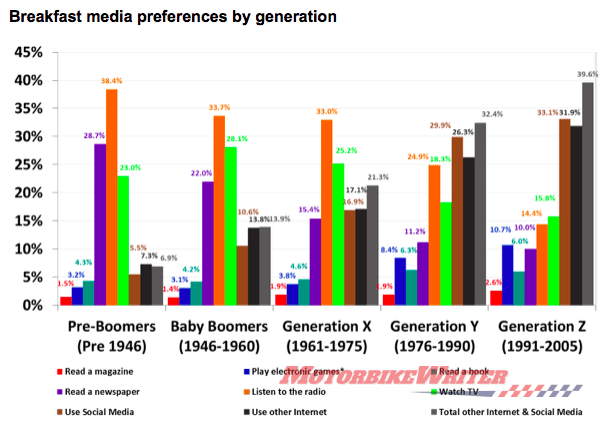
Everyday people pick up a magazine or newspaper on their commute and see these ads either consciously or unconsciously and it instils brand awareness. How many waiting rooms are full of Cleo, Women’s Weekly, Men’s Health, Footy magazines, Reader’s Digest … The list goes on. You don’t have to advertise your bike in motorcycle mags only, broaden your approach and you can draw those curious about your product.
Radio
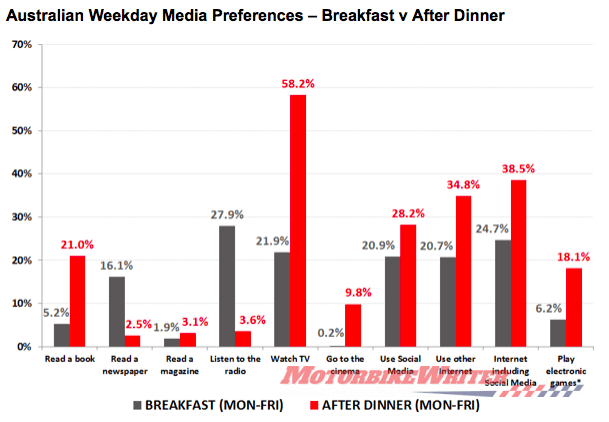
Very few motorcycle dealerships have done this. I clearly remember a TeamMoto advert playing over the radio when the family and I were stuck in some traffic jam on the M1. The ad was perfectly timed as I knew in that moment I would have preferred to be on my bike, but understood that I had three other people I had to move. How many cars are full of just one person driving somewhere? Two-third I’d wager. This was the only radio advert I have heard in 16 years of driving.
Pop ups
Here’s a big, big annoyance of mine. How often have you gone into a shopping centre and seen several shiny new cars on display in the middle of the floor? Customers crawling all over them, asking questions, building an initial contact with the dealer representative. I have seen it so many times, I’ve lost count. This is a big fault with motorcycle marques and dealerships. Sure, not everyone who asks for a brochure or sits in the driver seat is going to buy one, but I can guarantee that if the experience was pleasurable, they will associate good feelings and trust with either that brand or the presenting dealer.
Why doesn’t Kawasaki have a H2 or three on display, or Suzuki have a GSXR in a selfie booth, or Honda with a Fireblade on a plinth, Ducati with some of their WSBK-winning models in limited colours and some merchandise in a pop up? Let the public come close and look, feel and ask about their models. Big-name marques never or rarely do this. Ask any non-motorcyclist to name one brand of motorcycle and chances are “Harley Davidson” will roll of their tongue and maybe “Honda” too. Why?
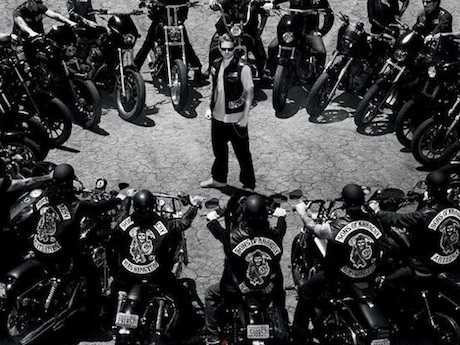
- Outlaw MCCs, Orange County Chopper, Sons of Anarchy, South Park-style shows and media saturation. Not always in a positive light, and
- My postie rides a little red Honda along the foot path, dressed in fluoro.
That’s why. Most wouldn’t know Suzuki makes bikes. They know they make the Swift, but what’s a Hayabusa they would ask. Kawasaki? You’d get blank stares or a “bless you” in return.
Where the hell is the customer facing point on these marketing teams? All well and good to show your bikes at the annual bike show, but usually only die-hard motorcyclists are going to those. Suzuki recently did a model night, a good start, but barely anyone outside of diehard bikers would either know about it, or attend a bike showing after hours.
If nobody but motorcyclists or brand loyalists know about your events or new releases, no new customers or bike-curious passers-by will even know you sell bikes.
Dealerships
This one kind of ties in with Pop-Ups. I get it, you need floor space, and somewhere industrial you can make some noise and test bikes after services. The only problem this has — and it ties in with customer awareness — is that often dealerships are in the middle of nowhere. Some far-flung industrial estate, several kilometres away from new/potential customers. Some dealerships you have to drive to, and then there is no or not enough parking resulting in some having to “come back another day when it’s not so crowded”. If there is no public transport, there goes another line of customers.
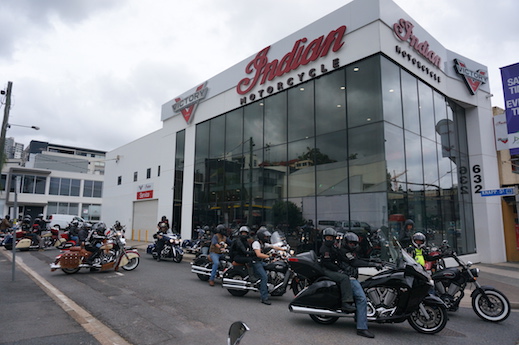


Sunday trading
Not being open Sundays. I get it, Sunday riding is the best with mates and so on, but most people work 9-5 Mon-Fri. Then you have a 10-3pm Saturday hours that leaves you very, very little time for a customer to peruse the floor, get a feel for the bike, and buy some gear. The customer has some really impractical hours (yours) that they have to meet in order to buy an item or look at a bike in the flesh. And you wonder why people buy online? Can you imagine the customer who has a Sunday free and would like to go look at your bikes? Maybe ask a few questions? Possibly buy some kit? Start opening both weekend days and you just might see some new and repeat customers come in and use your store.
I don’t know of any customers that have the urge to spend Monday or Tuesday wandering your sales floor. Those that have money to purchase a bike, are working those days usually.
Three-quarters of dealerships in Australia aren’t known to anyone but motorcyclists. I’d wager it’s only very determined new/curious riders that seek them out. They’re selling a lifestyle, so they need to be seen by more people to get more customers.
Shop displays



Look at high-end luxury car dealers. Do you see the cars packed in door to door? Do you see rain-streaked and dusted cars jumbled together in no particular order? No? The only yards you see like that sell cheap second hand cars. Prestige or premium models are displayed clearly where the eye can view them in the best light.
What do the inside of most motorcycle stores look like? Industrial shelving; painted cinder-block walls; dull fluoro lighting; and cheap office furniture and chairs that wouldn’t be out of place in a backyard BBQ. The customer has to meander through a rabbit warren of bikes jutting out across the floor. the parts counter has everything cluttered on the wall behind them like a carnival stall. There are cheap and nasty posters from old bike mags blu-tacked on to the walls. There are no brochures at hand a customer can take. People like brochures, people love a shiny brochure that makes them feel good about wanting that sparkling new machine. Is the riding apparel neatly laid out, in separate sections, with ample mirrors? Does the selection of goods reflect the tone of the brand they’re selling? Are they of a good quality and match the bikes available?
Serious questions. Most dealerships look like dollar stores in their layout. This jumbled, un-organised layout immediately puts people off. People are interesting creatures, they like order. Yet they crave something cosy. Clean, clear and organised shows them the retailer knows what is going on. It instils confidence in the brand and makes the dealership feel professional. It also creates an “experience”. Something they will go back to. Somewhere they will feel comfortable about coming back to, to buy more stuff after the bike purchase.
Look at an apple store. That sells expensive technology. But look at it. Those stores are always packed. Even if the customer can buy it online or through a re-seller, it builds that brand face. It allows the customer to feel like they are part of the brand. Apple at this point is a lifestyle product and just having an iPhone subconsciously signals what you like. There is a reason people associate Apple’s design with an experience.
Message to industry
If the industry really, really wants to make headways, encourage newer customers, and be seen as an actual alternative to cars as a transport option or personal statement, it needs to pull its finger out and start appealing to people.
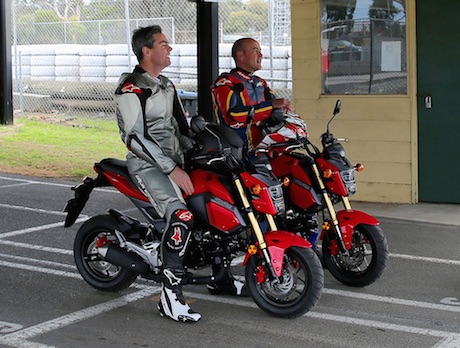


Honda has the Grom, so for the life of me I can’t figure why the Grom launch in Melbourne was so lack-lustre. Sure for press launches they do a mini-gymkhana event for journos overseas, with a couple of prizes. That’s good. But in Australia? The effort was woeful. Docklands has enough space, maybe a mini-motard track setup with food trucks a stunt display team, and few sponsor displays with some actual hype for these things. Heck, even a “free to try” section like HD do with their rolling-road setup would give non-riders something to play on.
That event should have had stickers, shirts, and a selection of bikes to sit on, promo girls, factory team riders and food trucks. If you aren’t going to engage your customer, don’t expect them to want to develop an affinity for your brand.
I’d honestly love to hear from the manufacturers on this. Most manufacturer websites are really, really poor. Some of the blandest product pictures with an un-inspiring layout. Honda’s site looks like an after-thought that is selling appliances. Three pictures of the bike you’re looking at is down-right terrible. Fire your marketing teams. Fire your website designers. Start supporting and encouraging your dealers to enthusiastically sell your product, your brand and your heritage.



